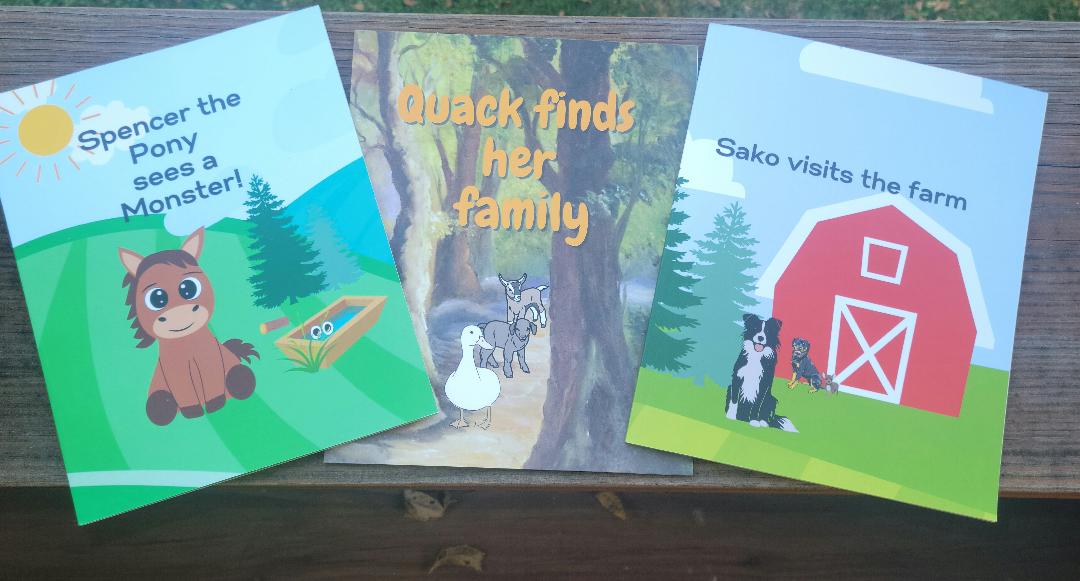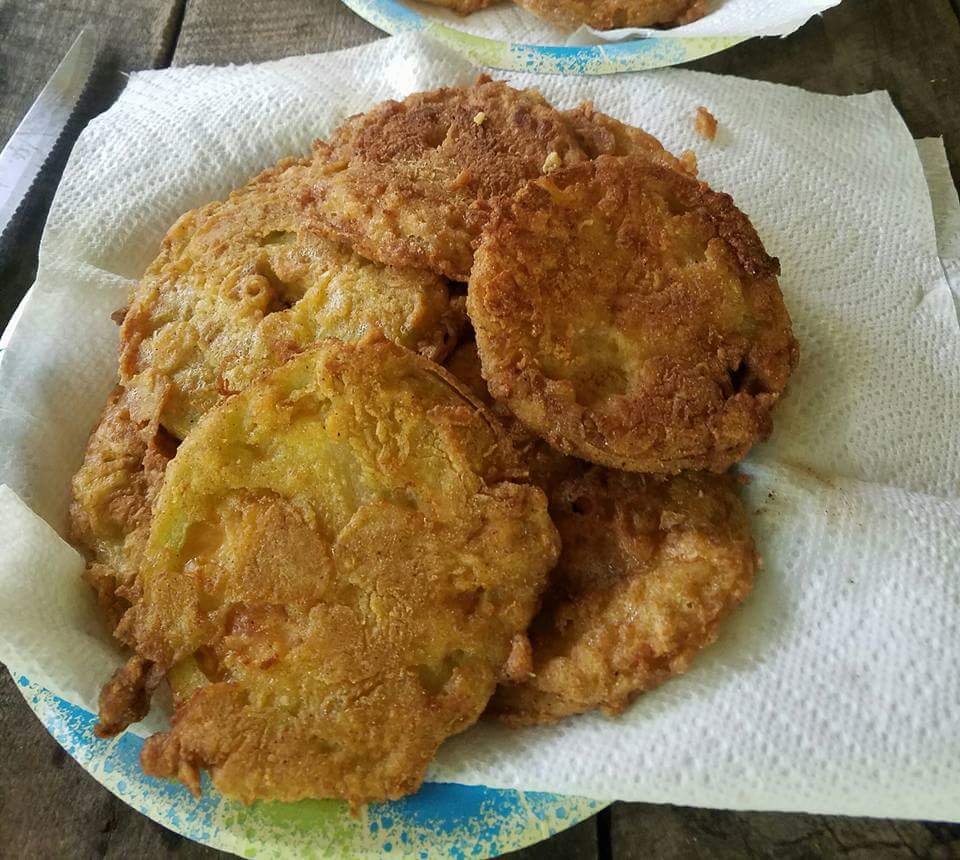Providing information to help you live a Simple Country Life and be as self-sufficient as possible.
Types of goats and things to consider before buying....
There are a lot of things to consider before taking on the responsibility of any animal. It is a decision that should not be taken lightly. The animal is going to depend on you for all of its needs and you must make sure you have the resources available to handle the job. I think it is the saddest thing you will ever see when you go to a livestock sale and witness an animal that has not been cared for properly. I know things will happen and you can't be prepared for everything but knowledge is power in any situation. You need to know about all the types of goats, so read all the information about goats you can or talk to other goat owners and look at what you have and what you will need before you make this investment.. Just like any living thing, when raising goats, you will need to consider food, water, shelter (the basics) and then look at the other question that will make your investment profitable.

Types of goats...
Meat goats- Meat goat production within the US is being driven by increasing ethnic diversity among consumers. Meat goats in our area would be the easiest goat to market and profit from raising. There is a quick return on the initial investment. Their gestation period is five months. The first birth is usually a single kid but after that twins are normal, triplets and quads are common. It is possible to achieve three crops of kids in two years.
The meat is low in fat and cholesterol making it a nutritious alternative to beef. Click here for more information
Milking goats – One can market the goat or fresh milk, cheese and ice cream, yogurt or body care products such as soaps and lotions.
The health benefits of goat’s milk are that it contains less lactose, and more calcium than cow milk, 33 % of daily recommended calcium. It can actually help lower bad cholesterol levels and increase good variety of cholesterol. It is good for the skin.
Dairy goats produce an average 3 to 4 quarts of milk daily. They can be milked by hand or mechanically and are capable of producing 10 months out of the year. The types of goats we have are Nigerian dwarf goats.
Fiber or Hair (angora, cashmere) - Angoras are sheared twice a year. Their hair is called mohair it is approximately six inches long. A mature commercial grade goat averages between 6 ½ to 7 ½ pounds per year. The average price for clean mohair is $6.70 a pound. Cashmere is not a breed but the downy undercoat of several different breeds. Good cashmere is at least 1 ½ inches long. A commercial grade goat averages a pound per year.
more about goats...
4-H or Show goats - 4-H meat goat projects are very popular. The going price for newly weaned youth project Goats range from $100 to $750 or more depending on quality and availability. Show goats such as Boer Goat Bucks can bring $1500 and up and show Doe's sell for even more.

How many goats?
It takes approximately a half of an acre to raise one goat but you can raise more than that on a half of an acre if you use the dry lot method. This method is not the cheapest way to go and will cut into your profitability.

What type of shelter?
They need shelter, a small shed that is well ventilated will work. A three-sided shed will do or even a dog house or a calf hutch for little ones. Dirt floors work better than concrete and you will need an absorbent dust free bedding that will need changed when it becomes wet.

Where to keep them?
Some goat breeds prefer brush land but others prefer pasture. It takes approximately one-half of an acre to raise one goat. Six to eight goats can be raised on the pasture needed for one cow.
They can be kept in dry pasture though this is the expensive way to care for goats because of the cost of grain and hay. This link has information on care and management of dairy goats.
Research shows it to be beneficial to raise goats and cattle together to improve pasture
It is important to know what plants are poisonous to goats and make sure they can not come into contact with them or they are removed from their pasture. Examples are poison hemlock or water hemlock, Rhododendrons and azaleas, the green leaves, acorns or blossoms from the black, red or yellow oak trees. (they are high in tannins), dried and wilted maple leaves. I found this article to be full of information and you can check with your local extension office for more information.

What type of fence to use...
Goats are smart and curious. They not only need a fence that will keep them in but keep predators out. It should be big enough that if they have horns and stick their head through they can get it back out without being stuck. They love to rub along a fence (trust me this will happen) so it needs to be strong enough to support them or have electric to keep them away.
Woven wire is the top pick. It should have 4 inch squares ideally because they can’t get their head through. 12 inch will work because they can get through and pull back but 6 inch is not recommended because they can get stuck and die. Barb wire is the cheapest to buy and works well at keeping the goats in but doesn’t do well at keeping predators out. Electric works well and there are a lot of choices. You can use wire or electric netting. There is a great deal of information out there on fencing here are a couple helpful links. Tractor supply and Premier

How to keep them healthy?
Finding a vet that will work with goats is of course necessary but also knowing the basics of what to do will be just as important. Knowing the Characteristics of a healthy goat.

I hope this information will give you a good start with your goat farming adventure...
my cup runneth over.....Psalm 23:4-6

Recent Articles
-
Childrens story book Spencer The Pony is an exciting fun story
Oct 10, 23 05:40 PM
The childrens story book is about Spencer the Pony. He is our fun Miniature Horse. That is always getting into trouble with his adventures. -
Fried Green Tomatoes
Feb 20, 21 05:18 PM
Country cooking recipe for Fried Green Tomatoes. Simple easy to prepare favorite summer recipe. -
Ramps
Feb 20, 21 05:17 PM
How to crow ramps, cook with them and how they are used in history.

Visit our Facebook page



